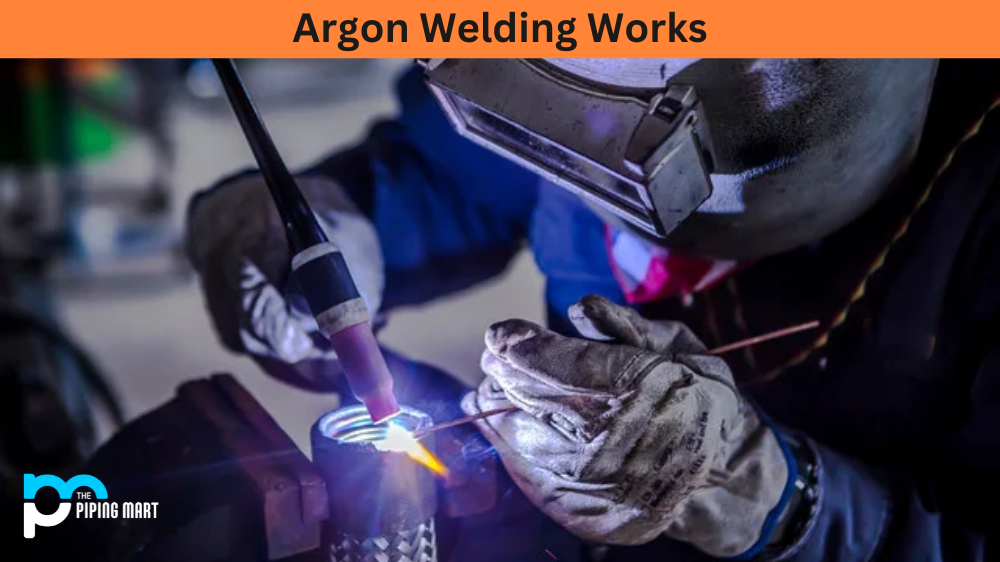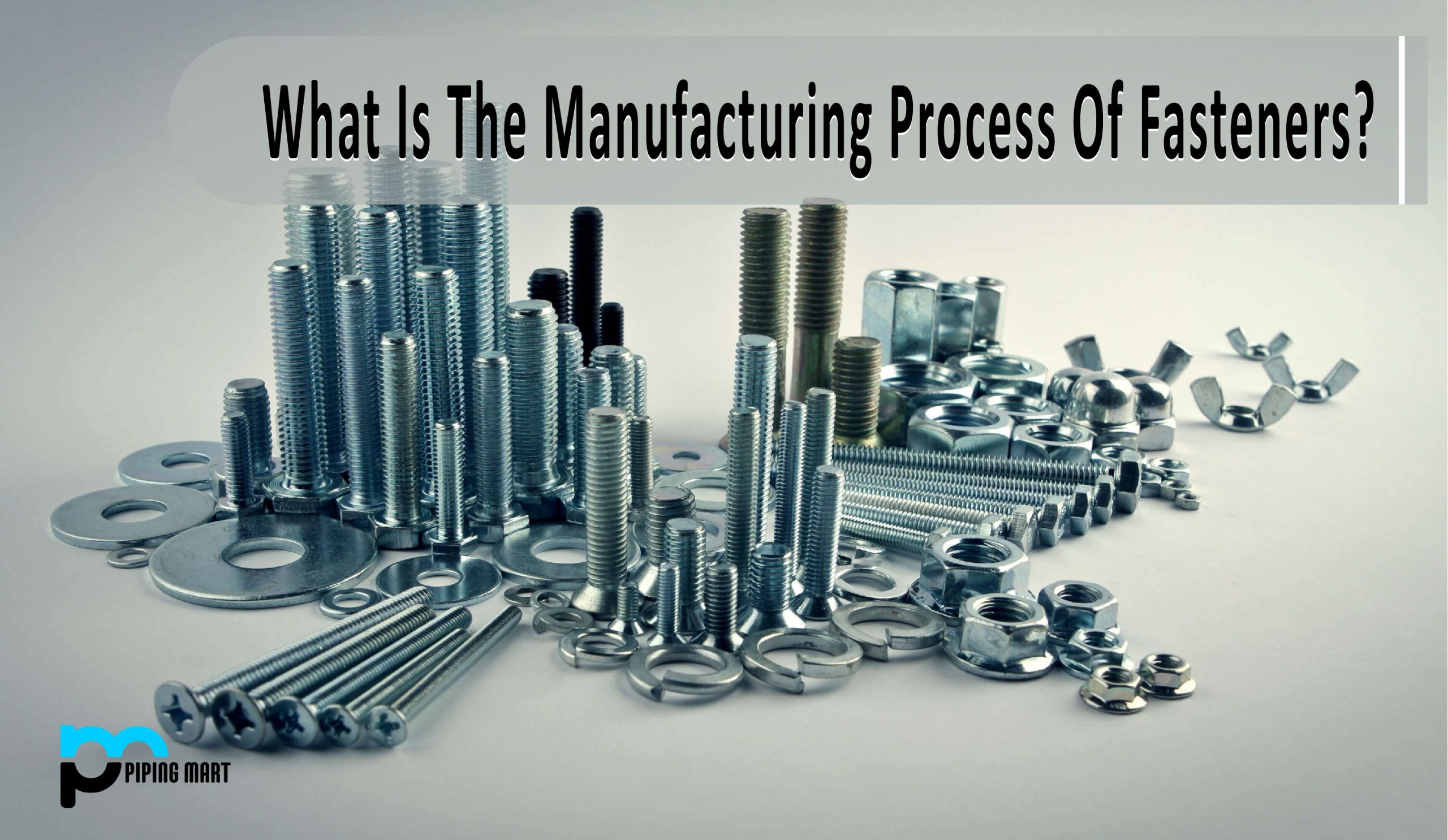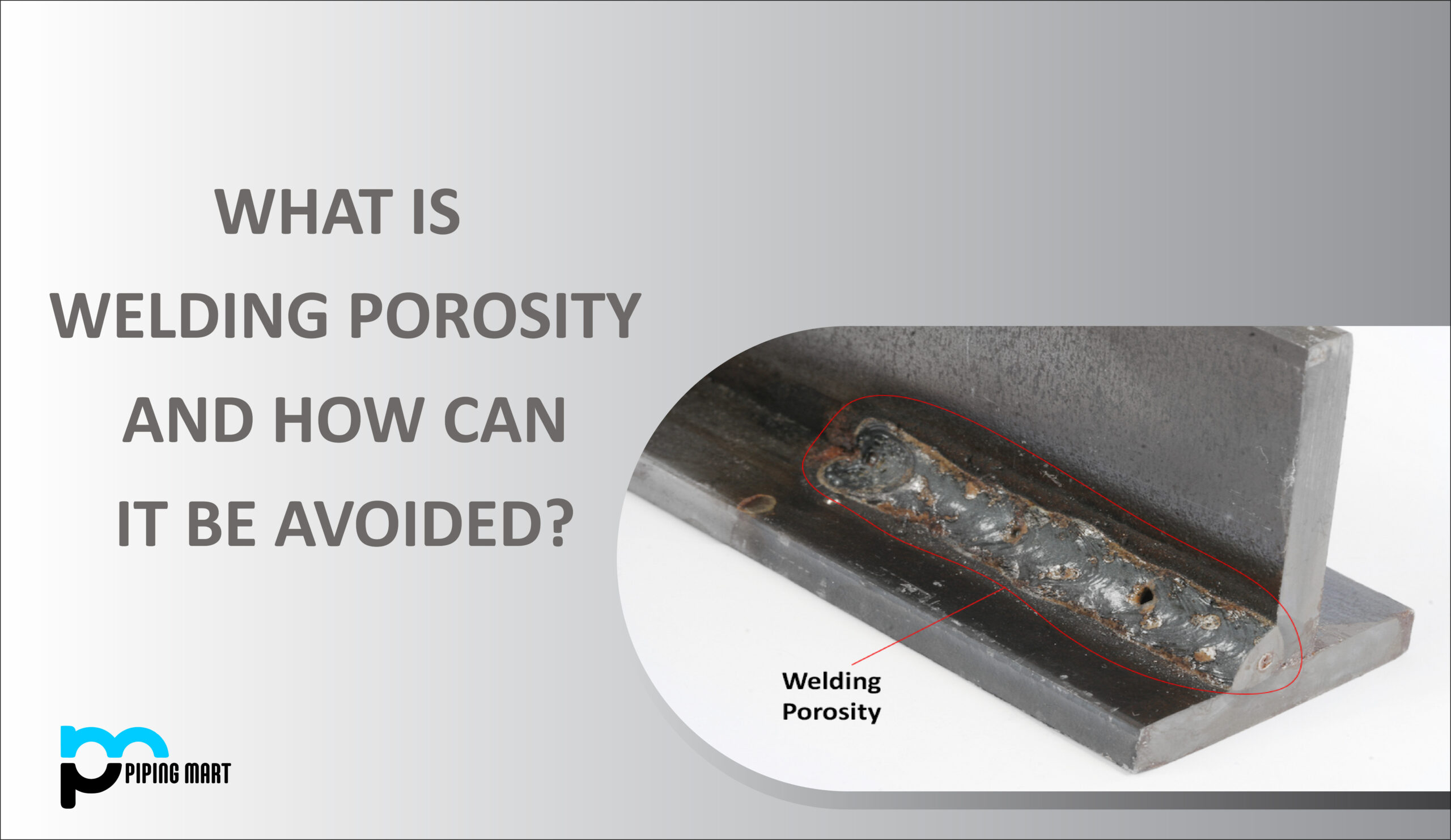Heat treatment and annealing are two of the most common metal processing methods used in the manufacturing industry today. Both processes involve heating the metal to a specific temperature, but each has its own unique applications. So what is the difference between heat treatment and annealing? Let’s break it down.
Heat Treatment
Heat treatment involves heating metal to a specific temperature for a predetermined amount of time before allowing it to cool at a controlled rate. This process is usually done in order to increase the hardness of the metal, making it more durable and resistant to wear and tear. Heat treatment can also be used to alter the shape or structure of some metals, improving their strength or making them easier to work with. One of the most commonly known heat treatments is tempering, which is used on steel products such as swords or knives to make them harder without sacrificing too much ductility or flexibility.
Annealing
Annealing is similar to heat treatment in that it involves heating metal up above its recrystallization temperature before cooling it slowly in order to create a desired grain size and shape. However, unlike heat treatment, annealing does not involve any post-cooling treatments such as quenching or tempering – instead, it simply involves heating and cooling at a controlled rate until desired properties are achieved. Annealing is often used on metals such as aluminium or copper alloys in order to increase their ductility and formability, allowing them to be easily worked into different shapes without cracking or breaking. It can also be used on steels in order to reduce brittleness and increase toughness after welding operations have been performed.
Difference Between Heat Treatment and Annealing
- Heat treatment is a process that alters the physical and sometimes chemical properties of a material.
- Annealing is a heat treatment process used to make metals more ductile and less brittle.
- Heat treatment can be used to change the microstructure of a material, making it harder or softer.
- Annealing is often used to relieve stress in metals that have been cold-worked.
- Heat treatment can be used to improve the machinability of a material.
Conclusion:
Heat treatment and annealing are two very common metal processing methods that both involve using heat – however, they serve very different purposes. Heat treatment is usually done in order to increase hardness, whereas annealing focuses more on increasing ductility and formability while reducing brittleness after welding operations have been performed. Both processes should be carefully considered when attempting any type of metalworking project so that you can achieve optimal results with minimal effort!

Pipingmart is a B2B portal that specializes in metal, industrial and piping items. Additionally, we share the latest information and information about materials, products and various types of grades to assist businesses that are involved in this business.




